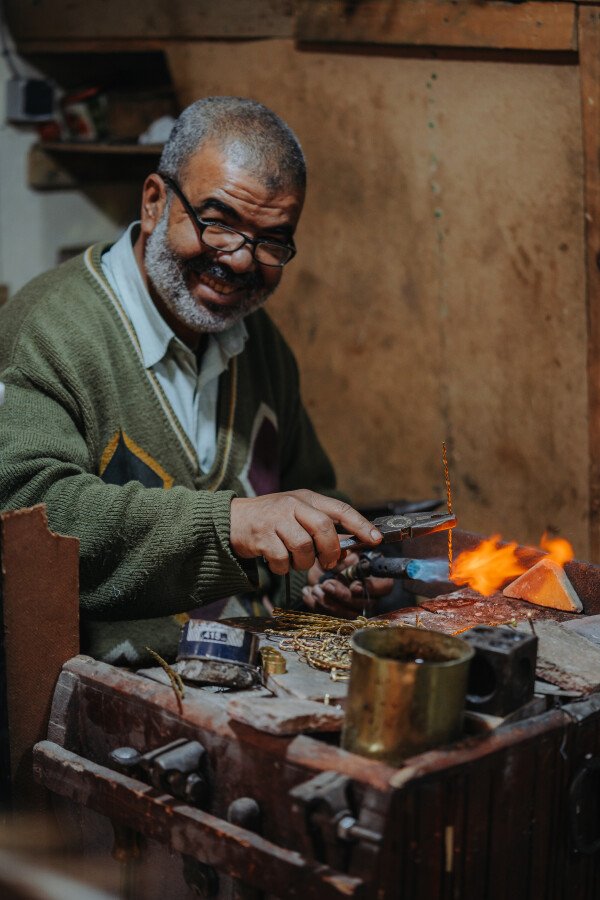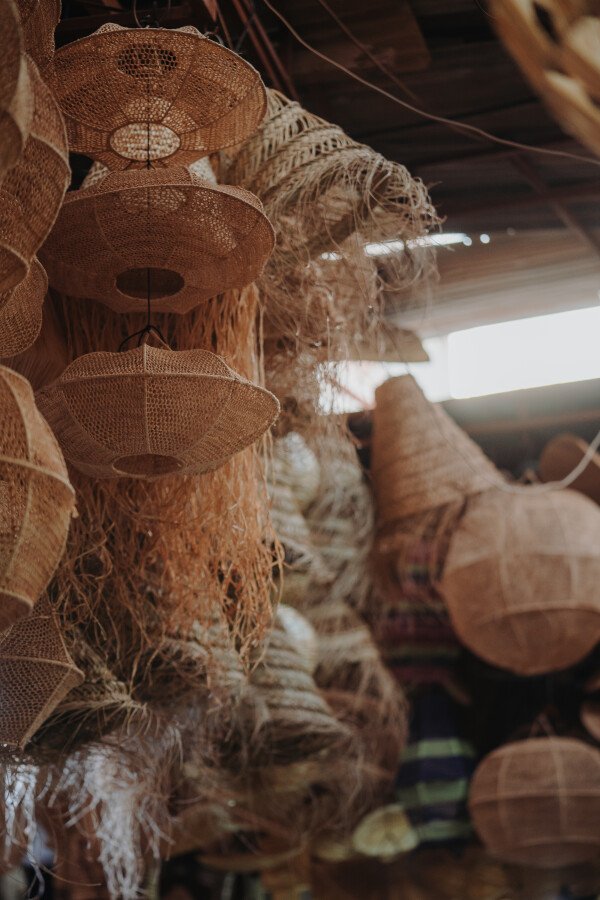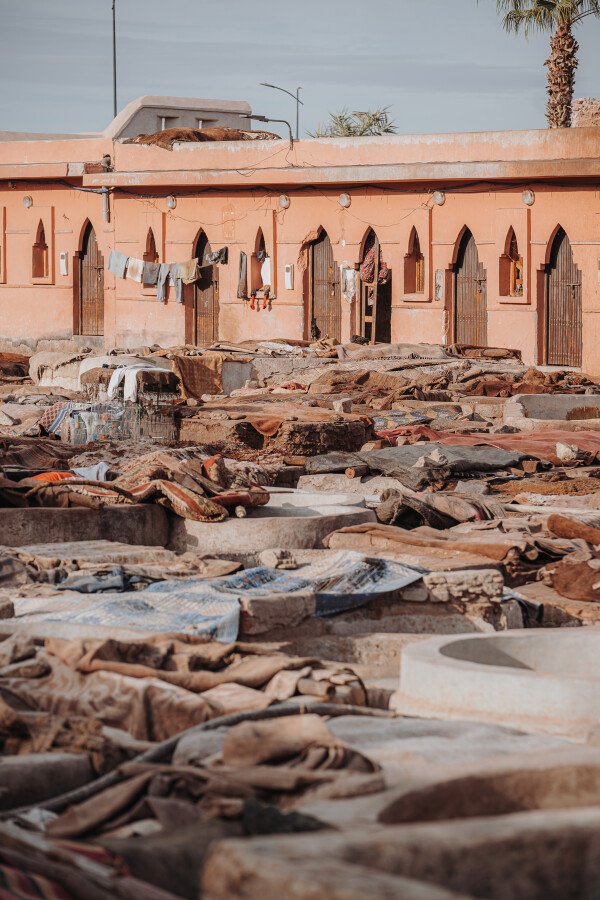Today, we want to share some practical tips for organizing a trip to Morocco—from booking your flight and getting around locally to managing payments and taking precautions to ensure a stress-free vacation.

Traveling to Morocco: how to book your flight
There are plenty of airlines flying to Morocco. Here’s a list of the main ones and some advice on finding the best deals:
Royal Air Maroc and Air Arabia: These national airlines have relatively stable prices over time and publish flight schedules well in advance, allowing you to plan your trip without major cost surprises.
TUI Fly: This airline is a hybrid—it’s a regular carrier but often offers promotions. We recommend signing up for their newsletter to stay updated on potential discounts (which can reach 10-20%).
Low-Cost Airlines: Ryanair, EasyJet, and Wizzair are the main low-cost carriers flying to Morocco. In this case, flight prices can fluctuate significantly over time, so it’s important to monitor them closely. The website www.airhint.com is very useful for this.
A couple of “flight nerd” tips: use incognito mode in your browser and check prices during the week to find the lowest fares.
Using your phone in Morocco
At major airports (Marrakech and Casablanca), you can purchase physical SIM cards at counters run by national telecom providers. These usually come with data packages and may include calls (both domestic and international).
The staff will help set up the SIM, but make sure your phone supports dual SIMs, or bring a spare phone if you want to use it as a hotspot for your family or group. If so, confirm with the operator that this service is supported. Alternatively, you can download apps to activate an eSIM even before arriving in Morocco. You can choose between data-only or data + voice packages.
Cash, credit cards, and tipping in Morocco
Dirhams are not available outside Morocco and cannot be exported. Once you arrive, you can withdraw cash from ATMs or exchange at banks or currency exchange offices in airports and other locations. Keep your withdrawal receipts, as you’ll need them to exchange leftover dirhams when you leave.
Cards are accepted at most major businesses (though American Express is rarely accepted). Always carry cash for markets and smaller establishments without card readers.
Tipping is customary and should reflect the service cost (about 7-10%) and your satisfaction. Not tipping is seen as a sign of dissatisfaction.
Traveling to Morocco: clothing tips
Morocco is open to tourists, but the Arab and Berber population is predominantly Muslim and mindful of clothing choices. Respectful attire reflects good sense and helps foster cultural exchange.
This doesn’t mean you have to wear veils or overly modest outfits, but avoid wearing revealing clothes to prevent discomfort or limit interactions with locals. Swimwear like bikinis is fine for beaches and pools, but you might feel out of place if local families are around since they have a different approach to body exposure.
Is Morocco a safe country?
Tourists in Morocco benefit from consistent safety and assistance services. Police are present in busy areas, often in plain clothes, to deter crime. In rural areas, the risks are even lower.
Women can travel alone safely by avoiding areas that might seem unsafe worldwide—dark streets, low-traffic zones, or areas near ports and stations. Even our Erika has traveled extensively across Morocco solo, and we’ve shared her experiences in this article.
Exploring Morocco: by car or public transport?
Renting a car is easy and affordable (about €20-30 per day), with options to rent child seats as well. Fuel prices are lower than in Europe, and road signs are displayed in French, Berber, and Arabic, making navigation easy for European travelers. Drive mainly during the day to avoid risks like pedestrians or animals along the roadside. Numerous police checkpoints mean it’s also wise to stick to speed limits.
Internet coverage is widespread, and Google Maps works reasonably well (less so for walking in city centers). Download maps for offline use, especially in southern regions where roads are slower than Google Maps estimates suggest.
Public transport is better developed in the northern areas up to Marrakech (trains and highways). Reliable bus companies like Supratour and CTM are commonly used by locals and tourists. You can also use shared taxis (cheaper but less comfortable) or private ones. For a “local” experience, try more rustic buses—complete with open doors and passengers traveling alongside animals. This isn’t for everyone, though!
Water safety
To enjoy a stress-free vacation (and stay out of the bathroom), always drink bottled water! In more developed areas, tap water is purified, but its properties differ from what you’re used to. Avoid raw vegetables and ice in drinks. Taking probiotics beforehand might be a good idea too. If you’re already used to street food, Morocco will be a treat for your adventurous palate!
These tips should help you feel more prepared and confident as you plan your Moroccan adventure. Have questions? Drop us a message—we’d love to help!











